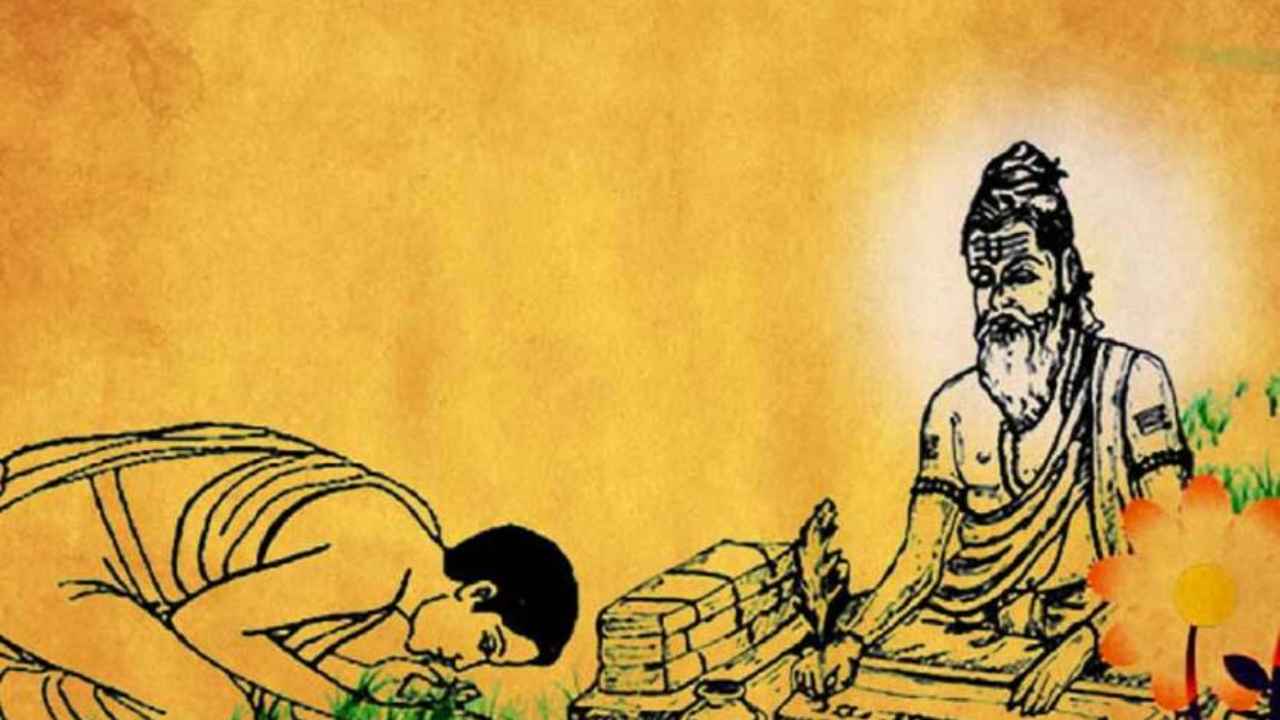Guru Purnima is observed all over India, commonly called “Vyasa Purnima” to commemorate Ved Vyasa’s birthday. According to the Hindu calendar, Guru Purnima is celebrated on the full moon day (Purnima) in the Hindu month of Ashadha. Usually, according to the Georgian calendar, Guru Purnima is celebrated in June and July. This year, we will celebrate Guru Purnima on July 5.
It is worth mentioning this year that Guru Purnima will be observed at “Upachaya Chandra Grahan” (also known as Penumbral Lunar Eclipse).
Hindus, Buddhists and Jain across the country celebrate Guru Purnima with joy and enthusiasm. It is an important spiritual tradition dedicated to teachers who have taught us in various stages of life. It is day honoring academic, spiritual teachers, leaders and expressing gratitude for their efforts.
The day aims to celebrate the teachers how have helped us evolved in giving a direction by sharing their wisdom. The celebration witnessed ritualistic puja in honor of the Guru.
Timings of Guru Purnima 2020:
We will be observing Guru Purnima 2020 on July 5. As per drikpanchang.com, the Purnima Tithi will begin at 11.33 am on July 4 and will continue till 10.13 am of the next day.
History Guru Purnima:
According to the Hindu legend, this was the day Krishna-Dwaipayana Vyasa, the author of Mahabharata was born to sage Parashara and fisherman’s daughter Satyavati.
The day is also celebrated as Vyasa Purnima. Another yogic school of Hinduism states that Guru Purnima was the day that saw Shiva become the Adi Guru or the first Guru.
Shiva the Adiyogi expounded several mechanics of life and his seven disciples known as the Saptarishis took knowledge across the world.
As per the belief of the Buddhists, Lord Buddha gave its first sermon on Guru Purnima known as Dhammacakkappavattana Sutta. Also, he went to Sarnath after 5 weeks of achieving enlightenment under the Bodhi tree. Buddhists mark the day by practicing meditation under the guidance of their spiritual leaders.
Significance of Guru Purnima:
The word Guru is derived from Sanskrit roots in which Gu meaning darkness and Ru which means remover of the darkness. So Guru represents someone who removes the darkness of our ignorance.
On this day the disciples perform pooja and pay their respects to the Guru and they thank their academic teacher and remembering their past teachers and scholars.
Guru Purnima is celebrated with much fervor and enthusiasm in schools and colleges. Students pay respect to their teachers by offering flowers and sometimes gifts. Also, speeches are held where students express their gratitude for their Gurus.

















